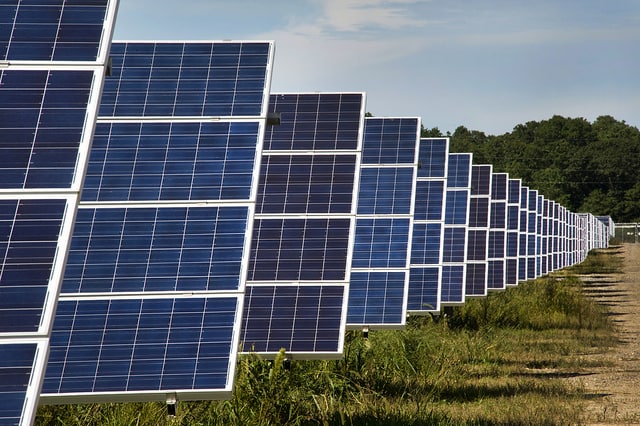In the wake of the war between Russia and Ukraine and the threat of losing critical Russian natural gas and oil, the European Union revealed a bold new goal to convert 45% of their energy consumption to renewable resources by 2030. Although the number may seem intimidating and unrealistic – especially because even developed countries, like Australia, only currently source 8% of their electricity from renewable sources – there is hope. From bio-edited trees that could save our atmosphere to a method of energy storage that is entirely dependent on large spinning wheels, many promising inventions are in the process of making the EU’s goal a reality.
The Swiss company Climeworks recently finished their newest project – a direct air capture (DAC) plant in Iceland. Named ‘Orca’, this mighty beast can capture almost 4000 tons of CO2 in the atmosphere annually. To put that in perspective, it’s the equivalent of removing almost 800 cars a year from the road. Through a series of chemical reactions that bind to and react with the CO2 in the air, carbon dioxide that once plagued the atmosphere will forever be gone. What’s more impressive, the company plans to create an even bigger direct air capture plant in Iceland that would dwarf Orca in comparison – Mammoth, which Climeworks projects could capture four times the amount of CO2 per year.
It can’t hurt to give nature a bit of help – and that’s where US-based biotech company Living Carbon comes in. By genetically editing trees to capture more carbon than they normally can through photosynthesis, Living Carbon plans to create carbon-negative forests that can clean up the atmosphere.
With an invention that seems like it could be out of science fiction, researchers at the University of Colorado Boulder have created cement made entirely out of algae. Not only does this cement not take up any resources, but the photosynthetic algae would also harvest carbon dioxide from the atmosphere, creating a potential for carbon-negative sidewalks and streets.
But capturing carbon is only half the battle – how can we switch our energy sources so that carbon isn’t released in the first place? While advancements in solar, wind, and hydroelectric energy come into place, Amber Kinetics, the world leader in kinetic energy storage solutions, has recently answered the challenge of storing this energy. Their flywheel technology stores energy in a safe, sustainable, and efficient manner.
With scientists and inventors all over the globe working to create innovative new climate-friendly technologies, it’s time that the world also takes notice. With revolutionary technologies, climate-smart policies, and the will of the common citizen, there is hope for a zero-carbon future.










